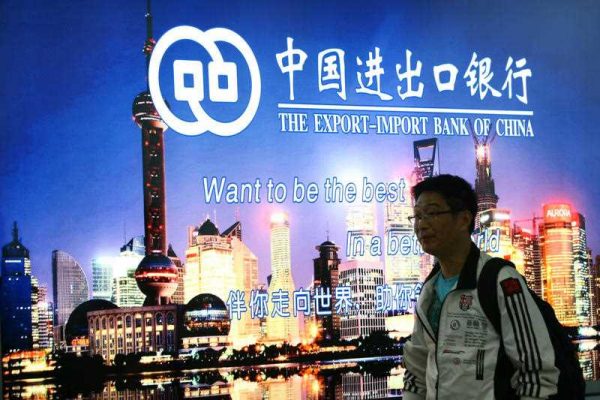China holds the economic heft of the BRICS countries (Brazil, Russia, India, China and South Africa). In 2012 it accounted for 67 per cent of total BRICS trade with the world, and 56 per cent of total BRICS GDP (in current US$). China acts as the bilateral trading partner in 85 per cent of intra-BRICS trade flows. At a regional level, China surpassed the combined value of all other BRICS exports to Africa in 2007. Its merchandise goods represented 57 per cent of total BRICS exports to the African continent in 2012.
China’s prominence in South–South relations is closely linked to its use of unorthodox policy tools: capital controls, stable and competitive exchange rates, low interest rates, state banks and enterprises, and sector-specific industrial policies. China has tilted the economy toward high rates of domestic investment since the 1980s and rapid export growth since the 1990s, which was crucial in driving structural change. Harvard University’s Michael Porter once dubbed this the ‘investment-driven stage’ of development. Competitive advantage had not yet reached the innovation-driven stage, and was based on the willingness and ability of the nation and its firms to invest aggressively. Others simply call this China’s ‘invest first, consume later’ development model.
China embarked on its ‘going out’ strategy in the early 2000s. Its aggressive foreign investment (and lending) has been increasingly felt around the world. China’s outward investment outflows are often in the form of tied infrastructure financing packages (with a share of goods and services that must be sourced from Chinese suppliers). Overseas lending has been coordinated with a longer-term strategy to expand, diversify and upgrade domestic Chinese firms internationally. The goal is to stimulate demand for Chinese value-added manufactures in sectors such as machinery, electrical appliances, vehicles, telecommunications and renewable energy equipment.
China’s ‘new wave’ of exports is driven more by domestic firms and production chains. Having gained capacities to produce cranes, cement trucks and pumps, Chinese firms have since evolved to also compete in the earth-moving equipment — a market segment dominated by American, South Korean and Japanese companies. China’s export of self-propelled bulldozers and excavators reached US$4.9 billion in 2012, of which only 10.8 per cent was destined for OECD markets. Overall, China’s global export market share of earth-moving equipment has increased from 0.7 per cent to 9.4 per cent from 2001 to 2012. This rapid growth has mainly come at the expense of OECD exporters, who saw their share fall sharply from 93.5 per cent to 80.4 per cent. Aside from Brazil, with a share of 4.2 per cent in 2012, all other emerging economies held export shares of less than 0.5 per cent.
According to the OECD, downward pressure on the relative price of capital goods created by Chinese (and Indian) producers could prove to be a major boost for global economic growth, ‘especially for low-income countries where prices for capital goods have historically been excessively high’.
China’s production capacities have greatly improved, but its lofty industrial policy ambitions remain a work in progress. Other developing countries may leverage their overall bargaining power by recognising the heightened competition between their respective bilateral partners (China and the US or EU). Developing countries may take advantage of China’s current stage of development and sharpen demands for enhanced domestic productive investment and technological learning opportunities. These can in turn be leveraged against other foreign investors to the benefit of developing countries. Such tactics are not dissimilar from China’s own strategic approach to foreign investment.
Incidentally, developing countries may be moved to re-think their own development model and utilise unorthodox policy instruments that have been partially legitimised by China’s impressive growth experience. As Nigeria’s finance minister asked when discussing the way emerging economies have commonly deployed industrial policies: ‘Why is it OK if some of the countries we admire today like South Korea, India or Brazil use these policies, but if Nigeria wants to use them it suddenly becomes a problem?’
Industrial policy tools remain pivotal to the process of structural change for developing countries. China’s dynamic growth model may serve as a pragmatic impetus for selectively reviving them.
Daniel Poon is an economist with the United Nations Conference on Trade and Development (UNCTAD). This article is drawn from a longer UNCTAD Discussion Paper entitled China’s Development Trajectory: A Strategic Opening for Industrial Policy in the South.

